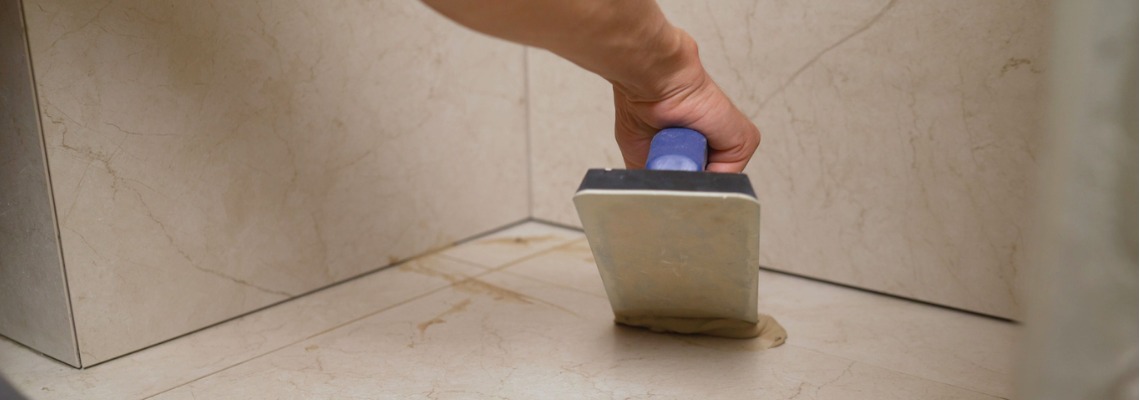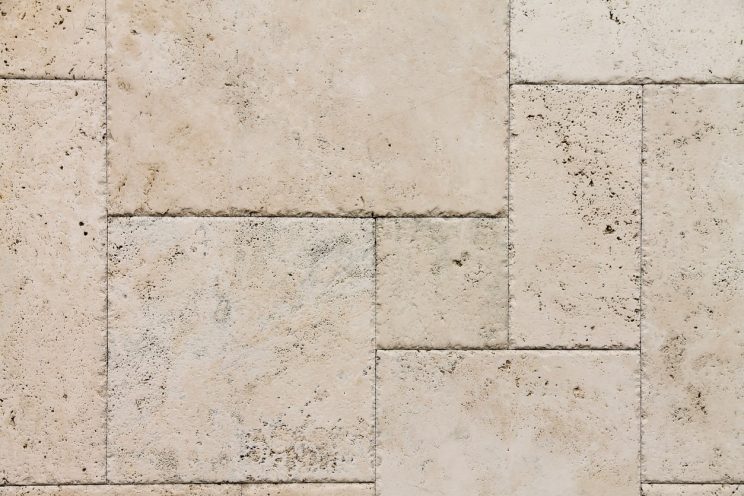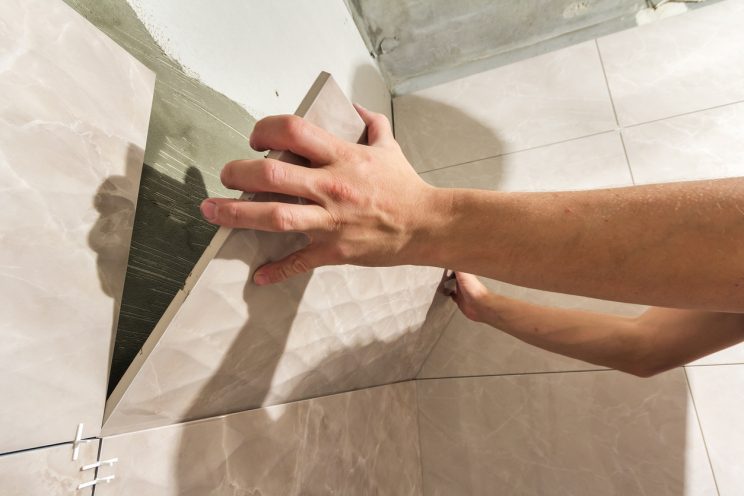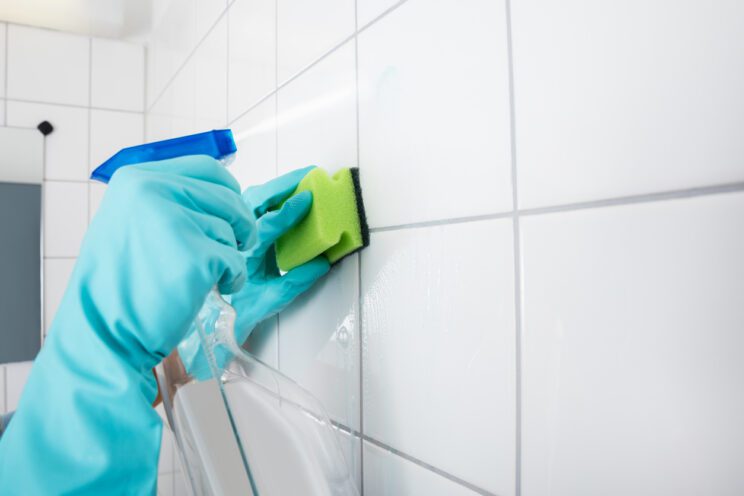
Why You Should Regrout Tiles
Share
Over time, it’s natural for tiles to develop discoloured, aged grout. The reasons can vary from dirt, leaching or natural exposure to the elements. Having old grout causes more issues than not being nice to look at. If left alone, cracks can begin to appear, causing potential leakage problems. Thankfully, this is where the regrouting process comes in. Maintaining your tiles by regularly replacing old grout is the perfect way to futureproof your wet areas from higher repair costs.
BUT WHAT EXACTLY IS GROUT, AND WHAT IS REGROUTING?
Tiling grout is used to reinforce the tiles in the bathroom, shower, balcony & other areas of the home. The most common type of tile grout is a cement mixture which is quite dense and can easily get mouldy or discoloured.
Regrouting involves removing the old grout in between tile seams and filling them up with new grout.
The process is best handled by professionals such as Megasealed who have technicians experienced in regrouting shower and bathroom tiles. This is a non-intrusive and fast solution to repairing cracks and preventing leaks.
Depending on the size of the job, regrouting can take as short as a couple of hours to a few days. It’s a convenient, and far more practical solution to sprucing up your space.
WHEN SHOULD YOU REGROUT?
Leaking showers and balconies need to be fixed as soon as possible to prevent further damage to your home.
Regrouting shower tiles & resealing them will target specific areas of concern without the need for completely replacing the entire floor.
For high traffic areas such as your bathroom or kitchen, regrouting should be done at least every 6 months while other tiled areas can receive the process every 2 years if kept clean.
WHAT ARE THE SIGNS THAT YOU NEED TO REGROUT?
Some specific signs that tell you that regrouting is needed include:
- Discolouration – constant exposure to the elements can cause grout to lose their colour or become stained by dirt, soap and other chemicals.
- Mould build up – This is especially common in showers where humid conditions are the perfect breeding ground for fungi.
- Cracked tiles – Damaged tiles can cause further structural damage, especially if moisture contains to seep through into foundations.
HOW LONG DOES GROUT USUALLY LAST BEFORE IT NEEDS REGROUTING?
The two most popular types of grout are cement grout and epoxy grout. Depending on which is used for regrouting can determine how long each last.
Cement grout is a mixture of sand and water, making it easy to work with. However, the porous nature of this mixture also makes it easy for dirt and water to seep in and cause damage. Unless it’s properly sealed, cement grout requires regular cleaning and replacement.
On the other hand, epoxy grout is made up of two-part resins and a filler powder. This gives the composition increased strength and resilience against cracks, chemicals & more. It is also naturally waterproof, making it stain resistant. As a result, cleaning and maintaining epoxy grout can be done less regularly than cement grout.
Contact the professionals at Megasealed today for expert grout repair and shower waterproofing solutions. Our epoxy grout products carry a 5-year warranty so you can have peace of mind.
Share this article
Our standard Megasealed service is quicker, cleaner and more cost-effective than a tiles remove solution.
Industry leaders for over 25 years
One of the first in the business to fix leaks and renew wet areas without removing tiles, we’re proud pioneers of this revolutionary process.
Exclusive, premium products
Depending on the most suitable solution for your situation, our Technicians will use our own unique and exclusive products to ensure the highest quality results.
Nation-wide service, local support
We service almost every state, with family-run franchises delivering affordable solutions to local communities across the country.
Get A Free Quote
Let us know your details and one of the Megasealed sales team will be in touch to arrange a quote



